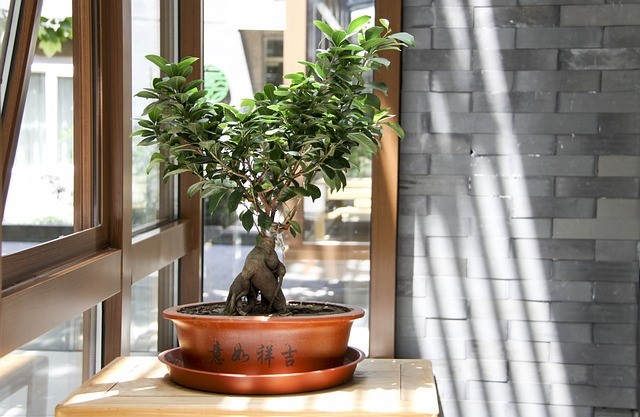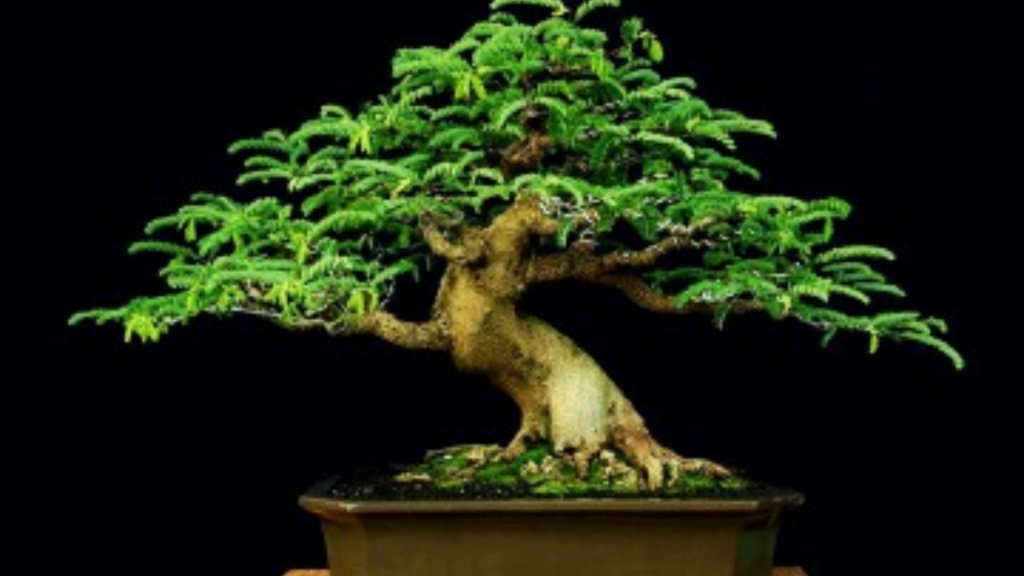When should I do Bonsai Tree Upkeep?
Bonsai trees, with their captivating miniature beauty, are a living art form rooted in the ancient Japanese tradition of shaping them into living sculptures. Growing and maintaining bonsai trees is a rewarding hobby, but it requires dedication, knowledge, and patience.
One critical aspect of caring for these tiny masterpieces is understanding when and how to perform bonsai tree upkeep.
In this guide, we’ll explore the various aspects of bonsai tree care, including best practices and the timing for essential maintenance tasks.
How to Do Seasonal Bonsai Tree Upkeep?
Bonsai trees, like all living plants, go through distinct phases in their growth and development, and they require different care at different times of the year to thrive.
Proper seasonal maintenance is crucial for the health and longevity of your bonsai.
Let’s dive into the specifics for each season:
Spring: The Season of Renewal
Spring is a season of renewal and growth for bonsai trees. During this time, your bonsai requires special attention and care to support its vitality. Key tasks include
Repotting:
Spring is the optimal time for repotting your bonsai, typically every two to three years.
Repotting allows you to refresh the soil, trim the roots, and potentially move your tree to a slightly larger pot to accommodate growth.
Pruning:
As your bonsai awakens from its winter dormancy, it’s essential to prune your tree. Remove dead or overgrown branches and shape the tree to maintain its desired form.
Pruning in spring promotes healthy growth and encourages the development of new branches.
Fertilizing:
To support your bonsai’s vigorous spring growth, start a regular fertilization schedule.
Use a balanced, slow-release fertilizer that provides essential nutrients to your tree.
Pest and Disease Control:
Spring is also the season when pests and diseases tend to thrive. Keep a vigilant eye for aphids, spider mites, caterpillars, and other common bonsai pests.
If you notice any issues, address them promptly by removing affected leaves or branches and using appropriate treatments.
Summer: The Season of Vigorous Growth
Summer brings warm temperatures and an active growing season for your bonsai trees.
Your focus during this season should be on maintaining the health and aesthetics of your tree.
Important summer maintenance tasks include:
| Summer Maintenance Tasks | Description |
| Watering | Keep an eye on soil moisture due to summer heat, adjusting watering frequency to prevent dryness without overwatering. |
| Pruning | Trim new growth to maintain the desired tree shape, controlling size and aesthetics during the active summer period. |
| Fertilizing | Maintain a regular feeding schedule to supply essential nutrients for summer growth. Adjust dosages based on your tree’s needs. |
| Pest Control | Be vigilant for summer-active pests (e.g., aphids, spider mites, caterpillars), inspecting and taking action as needed. |
Autumn: The Season of Transition
Autumn is a season of transition for your bonsai as it prepares for the approaching winter. Maintenance tasks during this time include:
Leaf Pruning:
Remove any yellowing or dead leaves from your bonsai to maintain its appearance. Pruning the leaves helps keep your tree looking tidy.
Reduce Fertilization:
As the temperatures drop and your bonsai’s growth slows down, reduce the amount of fertilizer you apply. Adjust the frequency and strength of fertilization to align with your tree’s natural growth cycle.
Protection from Frost:
As autumn progresses and temperatures decline, it’s crucial to ensure your bonsai is protected from freezing temperatures.
Place your tree in a sheltered location, or use a cold frame or greenhouse to safeguard it from harsh winter conditions.
Winter: The Season of Rest
Winter is a challenging time for bonsai maintenance, as your tree enters a state of rest. To support your bonsai through this season, perform the following maintenance tasks:
Winter Water Management: Reduce watering to a minimum, as your bonsai’s growth slows down. Water sparingly to prevent complete soil dryness, avoiding the risks of overwatering.
Shielding from the Cold: Protect your bonsai from freezing temperatures by providing a sheltered location, a cold frame, or a greenhouse. Guard it from the harshness of winter to preserve its well-being.
Minimal Pruning: In winter, only perform minimal pruning to remove dead or diseased branches. Save extensive shaping and branch removal for active growing seasons.
Fertilization Suspension: Suspend fertilization during this season of dormancy. Your bonsai requires no extra nutrients, relying on its own reserves to weather the winter.
Some Common Mistakes to Avoid
As you embark on your bonsai journey, it’s essential to be aware of common mistakes that can hinder the health and growth of your bonsai. Here are some pitfalls to avoid:
Overwatering:
One of the most common mistakes made by beginners is overwatering. Overwatering can lead to root rot, a condition in which the roots become waterlogged, lose their ability to absorb oxygen, and ultimately die.
To prevent overwatering, always check the moisture level of the soil before watering. The soil should be allowed to dry out slightly between waterings.
Neglecting Rodent Pests and Diseases:
Ignoring signs of pests or diseases can lead to severe damage to your bonsai. Many bonsai pests and diseases can spread quickly and harm your tree if not addressed promptly.
Regular inspection of your bonsai is crucial. If you notice any unusual spots, holes, or pests, take action to identify and treat the issue.
Inadequate Sunlight:
Providing the right amount of sunlight is crucial for the health and vitality of your bonsai. Different bonsai species have varying light requirements. Some prefer full sun, while others thrive in partial shade.
Be aware of your tree’s light needs and place it in an appropriate location. Inadequate sunlight can weaken your bonsai and lead to poor growth.
Over-fertilizing:
Excessive fertilization can be detrimental to your bonsai. Overfeeding your tree can lead to nutrient imbalances, burning of the roots, and poor overall health. Follow a balanced fertilization schedule, and avoid the temptation to over-fertilize.
Different bonsai species have varying nutrient requirements, so tailor your fertilization regimen to your tree’s specific needs.
Conclusion
Bonsai tree upkeep is an ongoing process that requires careful attention to detail and seasonal adjustments. By following the guidelines for each season, as well as maintaining daily and weekly care routines, you can ensure your bonsai trees thrive and continue to be a source of beauty and inspiration.


